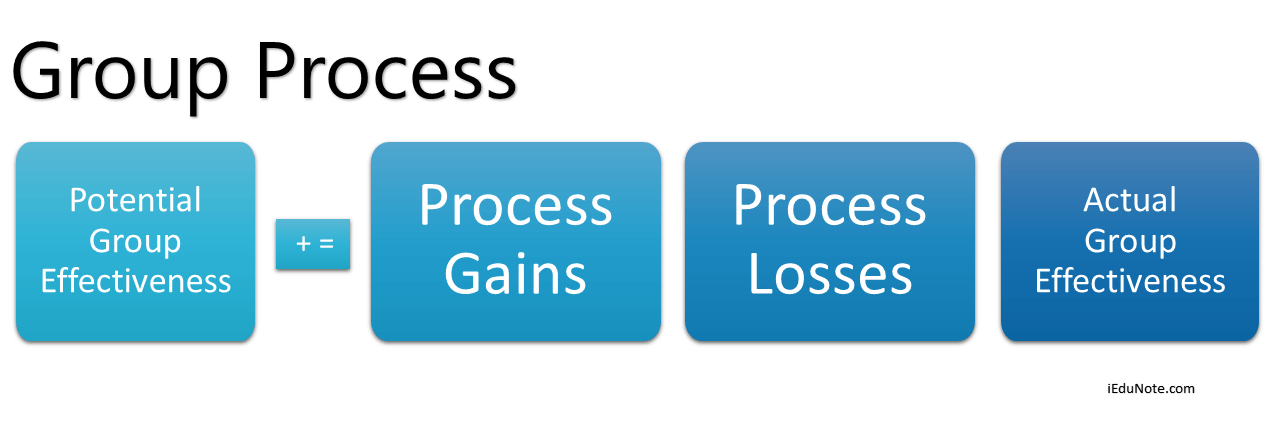A person can have thousands of attitudes, but organizational behavior focuses our attention on a very limited number of work-related attitudes. Most of the research in organizational behavior has been concerned with three attitudes.
3 Types of Attitudes in Organizational Behavior
Job Satisfaction
Job satisfaction is the level of contentment a person feels regarding his or her job. This feeling is mainly based on an individual’s perception of satisfaction.
A person with a high level of job satisfaction holds positive attitudes about the job, while a person who is dissatisfied with his or her job holds a negative attitude about the job.
A person having a negative attitude shows a personality disposition that is inclined to experience nervousness, tension, upset, distress, etc. whereas those with a positive attitude will feel happy themselves, others and their work.
Generally, it is deemed a high level of job satisfaction means positive attitudes towards the job and vice versa.
When people speak of employee attitudes, more often than not they mean job satisfaction. In fact, the two are frequently used interchangeably.
Job Involvement
High levels of job involvement are related to fewer absences and lower resignation rates.
However, it seems to more consistently predict turnover than absenteeism, according to as much as 16 percent of the variance in the former.
Organizational Commitment
The last job-attitude refers to organizational commitment. It is understood as one’s identification with his or her organization and feels proud of being its employee.
It is defined as a state in which an employee identifies with a particular organization and, its goals, and wishes to maintain membership in the organization.
Different studies demonstrate that an individual’s level of organizational commitment is a better indicator of turnover than the far more frequently used job satisfaction predictor, explaining as much as 34 percent of the variance.
Basically, turnover and absenteeism are low when employees have an organizational commitment.

